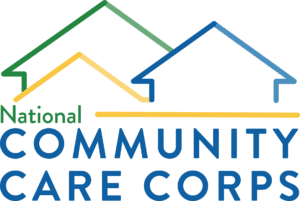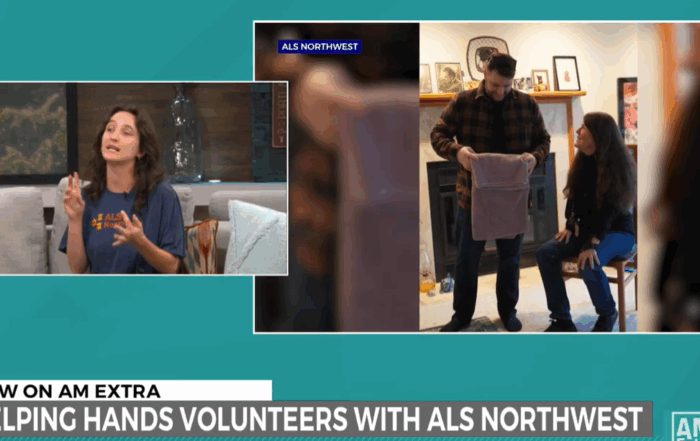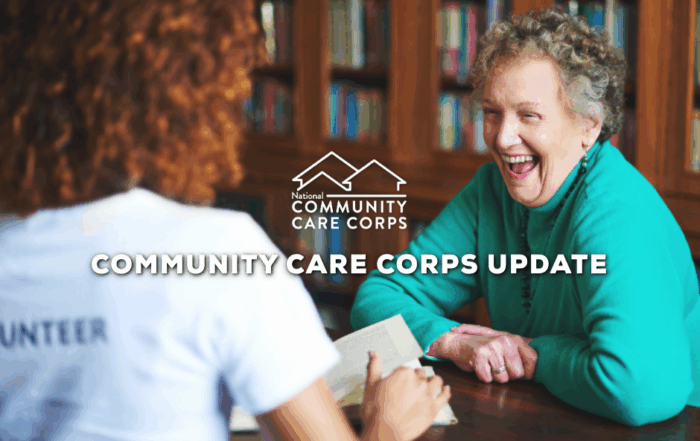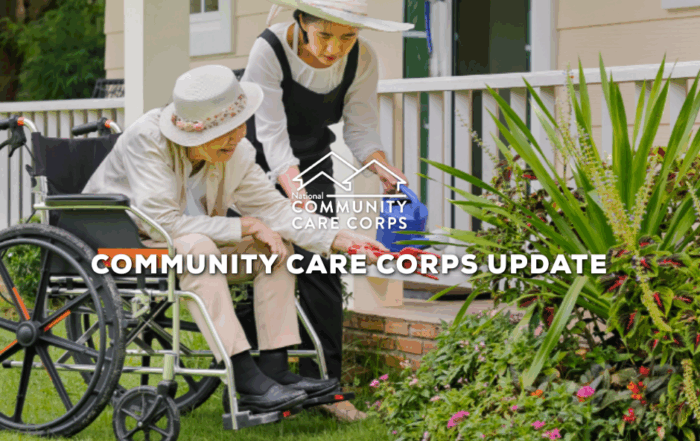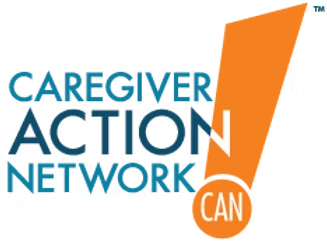Every June we recognize National Alzheimer’s and Brain Awareness month to help raise awareness and show support for the millions of individuals living with Alzheimer’s and other dementias and their important care partners. In the United States, there are more than six million Americans living with Alzheimer’s disease and it is estimated that by 2050, this number will rise to 12.7 million.[i] This number doesn’t even include the many people impacted by other forms of dementia.
In 2021, more than 11 million Americans provided 16 billion hours of unpaid care for people with Alzheimer’s or other dementias, which is valued at $271.6 billion.[ii] Most of the total lifetime cost of caring for someone living with dementia is borne by family caregivers through informal assistance and out-of-pocket care expenses.[iii] When people think of dementia, many think of later stages and the challenges associated with institutionalization; however, 80 percent of people with dementia live at home or with family rather than in long-term care settings.[iv]
Family caregivers are the backbone of our nation’s long-term care system; their contributions and sacrifices demand more visibility, recognition and support. Below are some key statistics that illuminate the challenges of dementia caregiving:
- Dementia caregivers report providing 27 more hours of care per month on average than non-dementia caregivers.[v]
- Compared with non-dementia caregivers, twice as many dementia caregivers indicate substantial emotional, financial and physical difficulties.[iv]
- Caregivers of individuals with Alzheimer’s report more subjective cognitive problems and experience greater cognitive decline over time than non-caregivers matched on age and other characteristics.[vi],[vii]
- Compared with non-dementia caregivers, dementia caregivers indicate a greater decline in the size of their social networks.[viii]
- Approximately one-quarter of dementia caregivers are “sandwich generation” caregivers, meaning they are simultaneously raising children and supporting aging parents.[ix]
- 66 percent of dementia caregivers live with the person they help care for in the community.[x]
Most Americans wish to remain in their own homes and communities as they age— and people living with dementia are no exception. However, this can be challenging without the appropriate supports, which include those that provide relief to overwhelmed family caregivers. Community Care Corps grantees carefully assess their community needs and deploy innovative volunteer models to provide much-needed nonmedical assistance, helping make healthy community living a reality for individuals and their care partners. To read up on grantee programs, including those providing support to families impacted by dementia, visit the 2021-2022.
[i] https://pubmed.ncbi.nlm.nih.gov/34043283/[ii] https://www.alz.org/media/documents/alzheimers-facts-and-figures.pdf[iii] https://pubmed.ncbi.nlm.nih.gov/28815557/[iv] https://aspe.hhs.gov/sites/default/files/private/pdf/257966/LivingArran.pdf[v] https://aspe.hhs.gov/reports/disability-care-needs-older-americans-dementia-status-analysis-2011-national-health-aging-trends-1[vi] https://pubmed.ncbi.nlm.nih.gov/26903233/[vii] https://pubmed.ncbi.nlm.nih.gov/26582383/[viii] https://pubmed.ncbi.nlm.nih.gov/32962491/[ix] https://www.caregiving.org/wp-content/uploads/2020/05/Dementia-Caregiving-in-the-US_February-2017.pdf[x] https://pubmed.ncbi.nlm.nih.gov/26438739/
